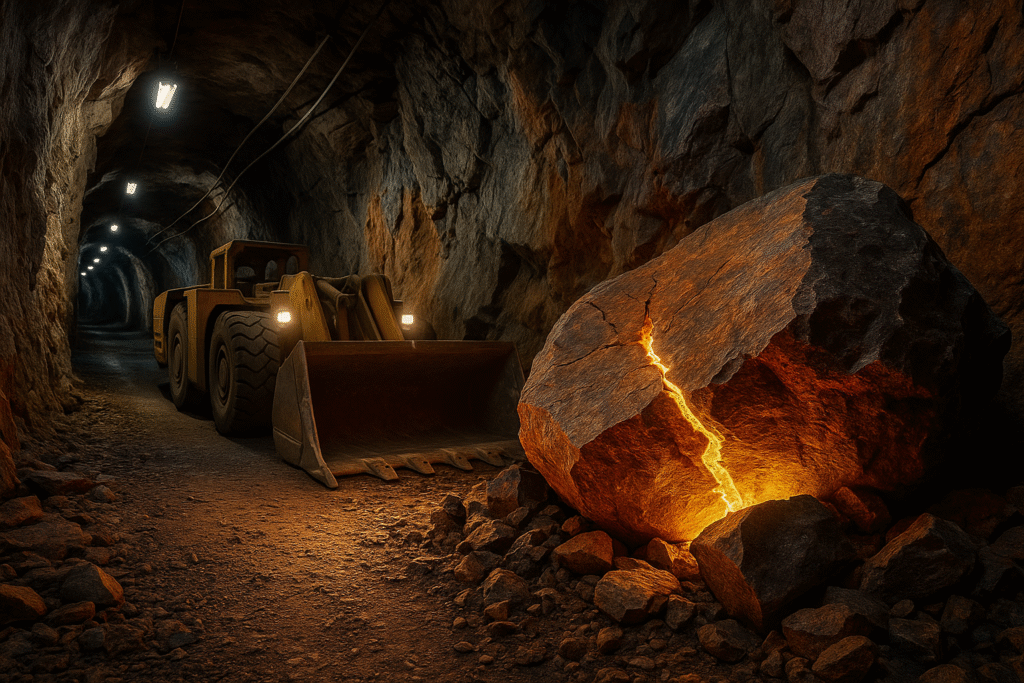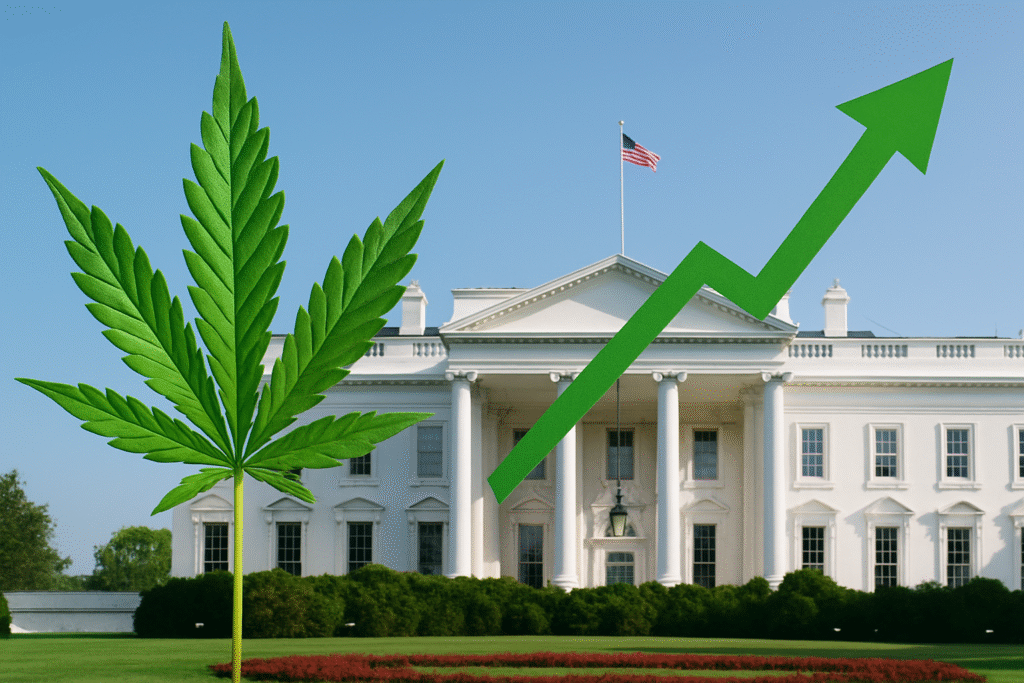A New Flashpoint in the U.S.–China Trade War
The U.S. could be “weeks away from a rare earths crisis,” according to analysts, as China tightens its grip on the global supply of critical minerals. Earlier this month, Beijing banned exports of rare earth materials for defense use, escalating tensions between the world’s two largest economies.
Rare earths are essential components in a wide range of military and high-tech applications — powering everything from F-35 fighter jets and Tomahawk missiles to EV motors and semiconductor magnets. With China controlling nearly 90% of processing and 93% of magnet manufacturing capacity, the U.S. defense sector is exposed to major geopolitical risk.
Yet despite the potential shock, America’s top defense firms are downplaying the threat.
Defense Leaders: “We’ve Been Preparing for Years”
On recent earnings calls, executives at Lockheed Martin, Northrop Grumman, and RTX Corporation told investors they’ve already mitigated rare earth exposure through advanced procurement, recycling, and domestic sourcing.
- Northrop Grumman CEO Kathy Warden said the company has “looked through our supply chain and gotten well ahead of our sources of supply” to prevent disruptions.
- Lockheed Martin CFO Evan Scott previously stated the company has sufficient rare earth stockpiles through 2025.
- RTX, however, acknowledged ongoing supply chain friction, saying disruptions continue to “impact our ability to procure certain raw materials and microelectronics.”
Analysts believe the major primes have been quietly stockpiling for years — both to hedge against geopolitical shocks and to comply with Department of Defense guidance on resource security.
The Bigger Risk: Long-Term Capacity
While short-term production appears secure, analysts warn that the U.S. still lacks a sustainable rare earth ecosystem.
The Government Accountability Office (GAO) reported last year that the Pentagon faces “significant risks” in its critical minerals supply chain and could face “high potential for harm” if disruptions continue.
Meanwhile, the Center for Strategic and International Studies (CSIS) found that China’s weapons development is advancing five to six times faster than the U.S., in part due to its superior access to materials.
Washington’s Push for Domestic Supply
The Trump administration has accelerated efforts to rebuild America’s critical mineral independence:
- The Department of Defense invested $400 million for a 15% stake in MP Materials (MP), which operates the only large-scale rare earth mine in the U.S.
- The government also acquired stakes in Trilogy Metals (TMQ) and expressed interest in projects by Australia’s Nova Minerals (NVA).
- A new U.S.–Australia rare earth partnership signed this week aims to expand cooperative mining and processing capacity across allied nations.
President Trump said he expects to reach a “fantastic deal with China” when he meets President Xi Jinping later this month in Seoul, though few expect Beijing to soften its stance on mineral exports.
A Supply Chain at a Crossroads
Even with near-term reserves, defense industry observers warn that America’s long-term mineral security remains fragile.
If China maintains its export restrictions, domestic mining and processing startups — such as MP Materials, Energy Fuels, and USA Rare Earth — will play a critical role in closing the gap. But building refining and magnet manufacturing capacity could take five to ten years.
Recycling decommissioned military technology could provide a temporary cushion, but without robust federal policy and private investment, analysts fear U.S. defense readiness could be constrained by its dependence on Beijing.
WSA Take
The U.S. defense industry may look calm on the surface, but the reality is that the West’s rare earth strategy is still reactionary. While China controls nearly the entire global supply chain, American firms are relying on stockpiles and slow-moving partnerships to stay afloat.
This moment mirrors what we saw in the Google–Anthropic cloud deal — where control over infrastructure defines power. In this case, the “infrastructure” is the mineral base of modern technology itself. From AI data centers to missile guidance systems, the next decade’s battles — economic or military — will hinge on who controls the materials of the future.
Read our latest coverage on GM’s Eyes-Off Driving.
Explore more industry-shifting stories on the Wall Street Access homepage.
Disclaimer
Wall Street Access does not work with or receive compensation from any public companies mentioned. Content is for educational and entertainment purposes only.








